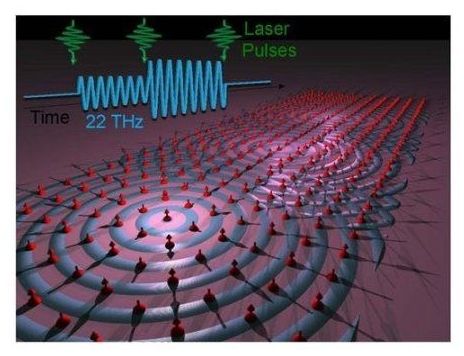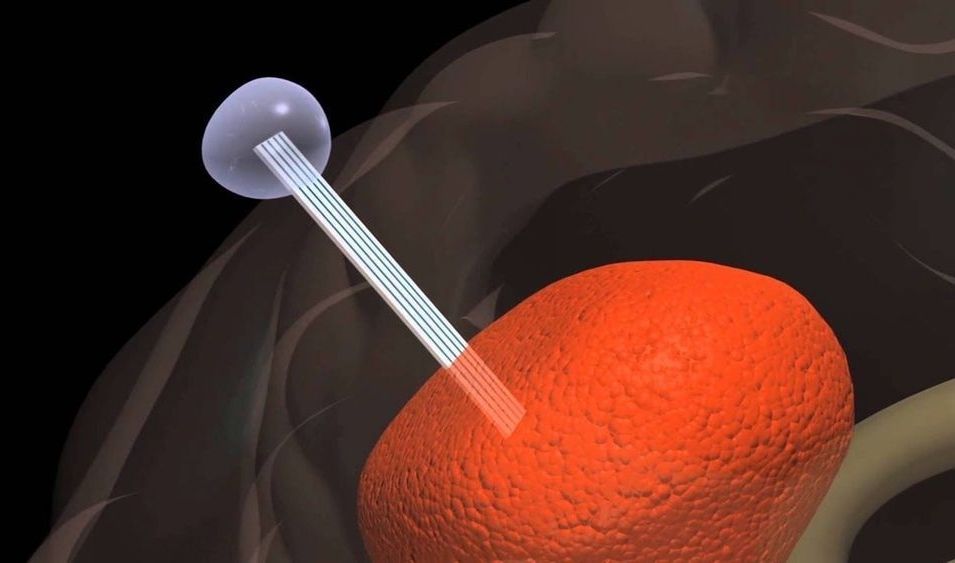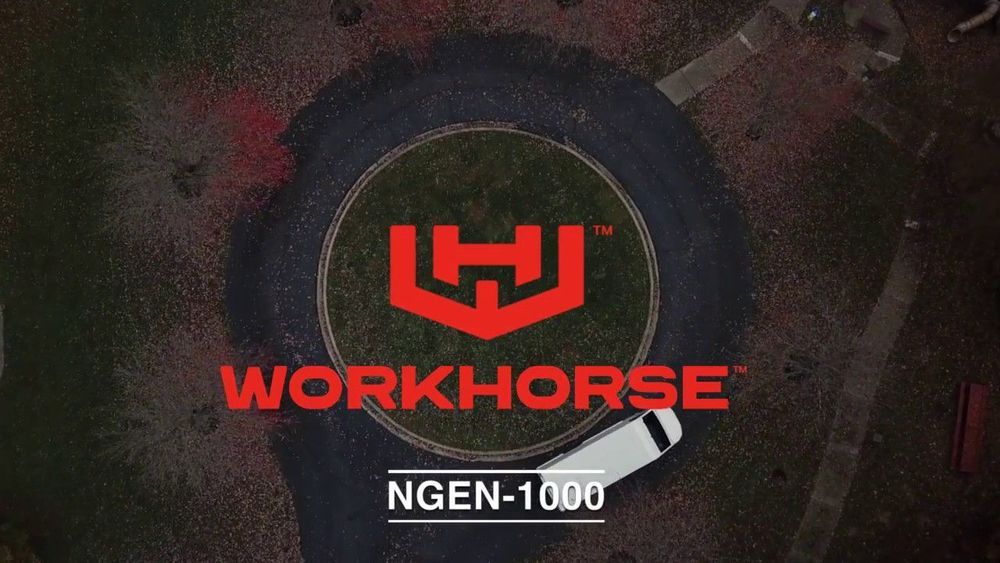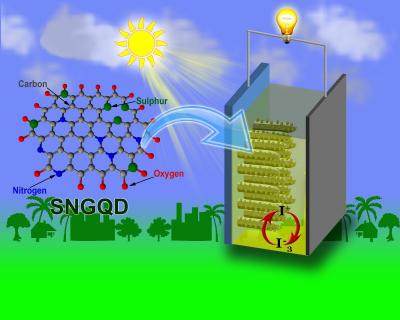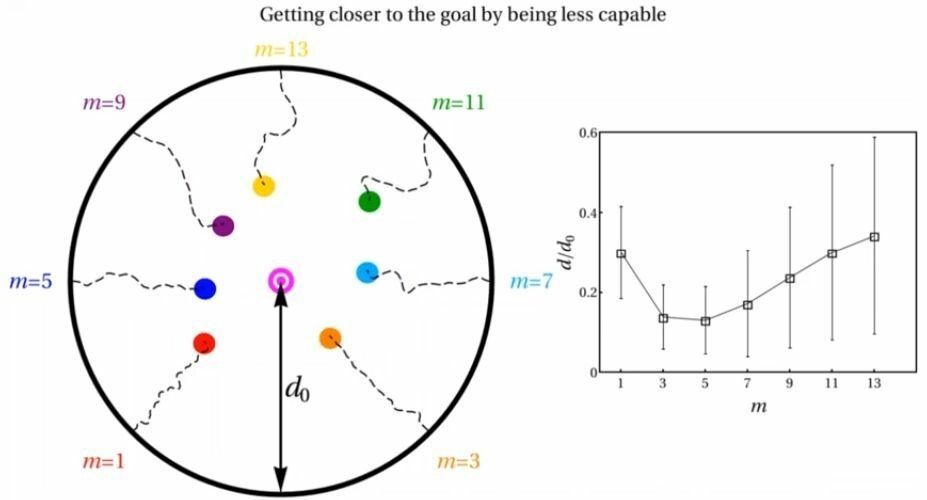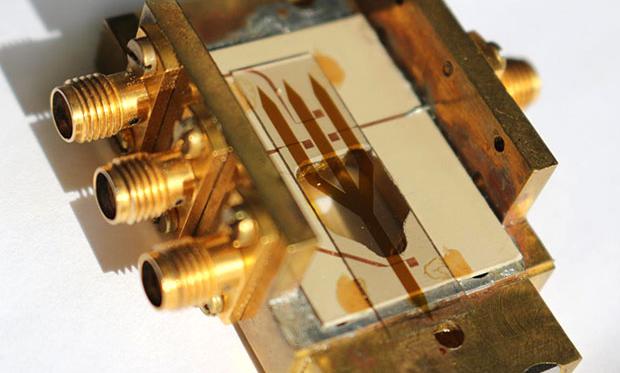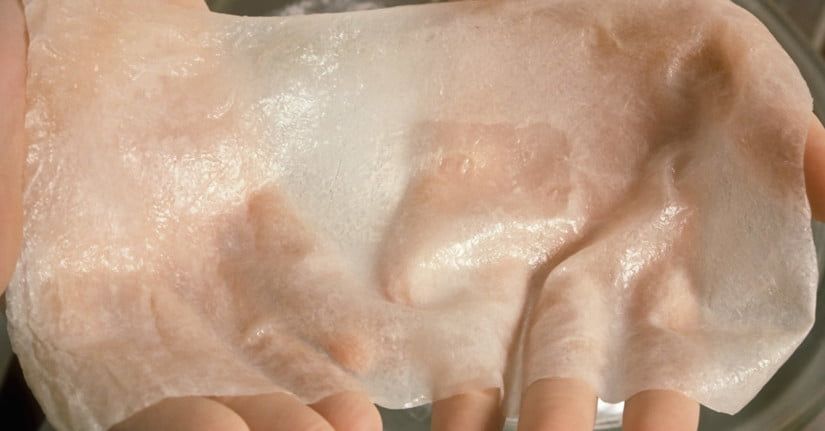An international team composed by scientists of Radboud University and the University Politecnico di Milano has realized the ultimate speed limit of the control of spins in a solid state magnetic material.
A biomedical tool that tricks aggressive brain tumors such as glioblastoma into migrating into an external container rather than throughout the brain has been designated a “Breakthrough Device” by the U.S. Food and Drug Administration (FDA).
Dubbed the Tumor Monorail, the device mimics the physical properties of the brain’s white matter to entice aggressive tumors to migrate toward the exterior of the brain, where the migrating cells can be collected and removed. The purpose of the device is not to destroy the tumor, but to halt its lethal spread, making the disease more of a condition to manage than a death sentence.
Breakthrough designations from the FDA aim to expedite the development and review of drugs, diagnostics and devices aimed at life-threatening or irreversibly debilitating conditions. While the designation does not mean that the device has been approved for clinical use, it does provide a partnership with the FDA that can speed development, assessment and review.
Slowly but surely, home delivery is getting cleaner.
Logistics company DHL has already branched out into selling its own StreetScooter zero emission delivery vehicles, but that doesn’t mean it’s not in the market for adding to its fleet from other manufacturers either.
In fact, the company is announcing the addition of 63 NGEN-1000 electric delivery cargo vans, built by equipment manufacturer Workhorse Group. It goes without saying, of course, that 63 vehicles is next to nothing for a company DHL’s size—but it looks like yet another sign that the company is serious about its long-term goal of zero emissions by 2050. More encouragingly, the company has an interim goal of making 70% of first and last mile deliveries and pick ups using “clean transport modes” by 2025. (Truthfully, I was a little suspicious of a vague term like ‘clean transport modes’, but the Mission 2050 website suggests these are electric vehicles or bikes.)
In a paper to be published in the forthcoming issue in NANO, researchers from the National Institute of Technology, India, have synthesized blue-green-orange photoemissive sulfur and nitrogen co-doped graphene quantum dots (SNGQDs) using hydrothermal method. These GQDs showed strong UV-visible photoabsorption and excitation dependent photoemission which have low-cost, eco-friendly solar cell application.
A team of researchers including Neil Johnson, a professor of physics at the George Washington University, has discovered that decentralized systems work better when the individual parts are less capable.
Dr. Johnson was interested in understanding how systems with many moving parts can reach a desired target or goal without centralized control. This explores a common theory that decentralized systems, those without a central brain, would be more resilient against damage or errors.
This research has the potential to inform everything from how to effectively structure a company, build a better autonomous vehicle, optimize next-generation artificial intelligence algorithms—and could even transform our understanding of evolution. The key lies in understanding how the “sweet spot” between decentralized and centralized systems varies with how clever the pieces are, Dr. Johnson said.
Faced with the rising threat of drug resistant pathogens, researchers are all but giving up hope that new treatments can be easily cooked up in the lab.
One recent discovery gives us hope that novel antibiotics are easier to find than we think, perhaps in plain sight right under our very feet. And it’s possible their curative properties could have already been recognised centuries in the past.
An international team of researchers based at Swansea University Medical School in South West Wales recently identified a new strain of bacterium in ‘healing soil’ taken from a site associated with ancient druidic rituals in Northern Ireland.
The African country of South Sudan has started vaccinating front-line response staff with the Ebola Zaire vaccine candidate v920.
The vaccine’s producer, Merck, has given 2,160 doses of the vaccine candidate V920 (rVSV-ZEBOV) as part of preparedness measures to fight the spread of the Ebola disease, said the World Health Organization (WHO) in a press release on January 28, 2019.
This preventive effort is in reaction to South Sudan’s neighboring country the Democratic Republic of the Congo (DRC), which is now experiencing its 10th Ebola outbreak.
Researchers have developed a new kind of sensor designed to let artificial skin sense pressure, vibrations, and even magnetic fields. Developed by engineers, chemists, and biologists at the University of Connecticut and University of Toronto, the technology could help burn victims and amputees “feel” again through their prosthetic skin.
“The type of artificial skin we developed can be called an electronic skin or e-skin,” Islam Mosa, a postdoctoral fellow at UConn, told Digital Trends. “It is a new group of smart wearable electronics that are flexible, stretchable, shapable, and possess unique sensing capabilities that mimic human skin.”
To create the sensor for the artificial skin, Mosa and his team wrapped a silicone tube with a copper wire and filled the tube with an iron oxide nanoparticle fluid. As the nanoparticles move around the tube, they create an electrical current, which is picked up by the copper wire. When the tube experiences pressure, the current changes.
